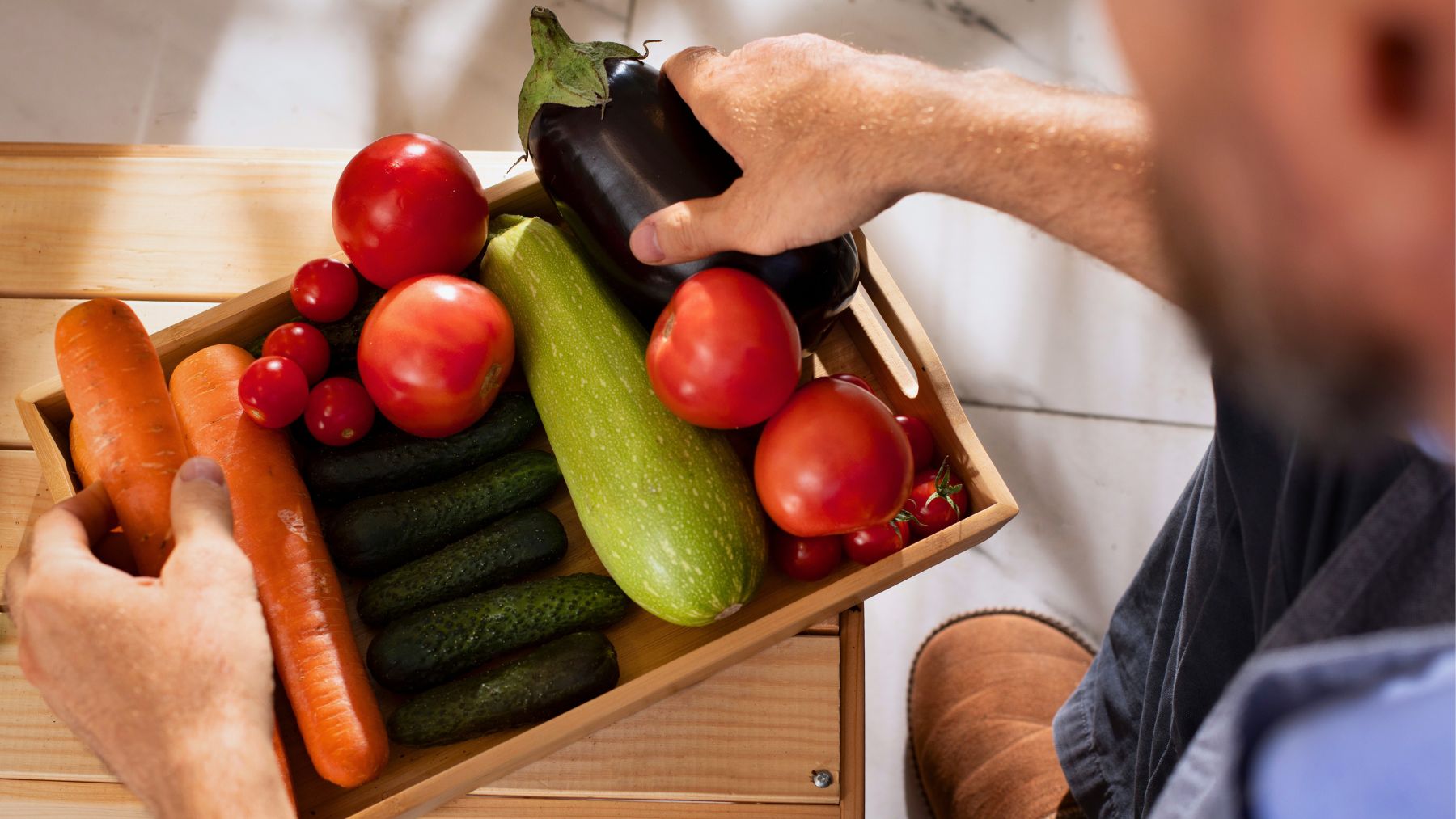Proper storage of vegetables hinges on recognizing the specific needs of every variety. Some, including tender leafy greens like spinach and basil, flourish in cooler settings, while others are better stored outside the refrigerator. Similar to what happens with fruits like bananas, these common mistakes lead to wilting and needless waste.
Here, we’ll explore proper preparation, the selection of ideal storage environments, and a few essential extra steps so that you can keep potatoes, onions, and garlic firm for weeks. Understanding how different vegetables respond to various conditions will refine your overall produce storage strategy.
How to store vegetables properly
Vegetables such as potatoes, onions, garlic, and whole winter squash (including pumpkin and butternut) require a distinct environment—one that is cool, dark, dry, and well ventilated. Think of a setting reminiscent of a traditional root cellar, which naturally prevents premature chemical changes.
Whether you opt for a modern pantry, a basement shelf isolated from moisture, or a lower kitchen cabinet (definitely not under the sink), the goal is to avoid cold-induced starch conversion that renders potatoes overly sweet and gritty, as well as the exposure to light that triggers greening and sprouting. Excess moisture is especially detrimental, as it fosters mold and rot in vegetables and produce like carrots and beets.
Before storing
Avoid washing root vegetables or alliums before storage. The natural layer of dirt on items such as potatoes and onions provides a protective barrier that helps keep them fresh. Washing introduces extra moisture that accelerates spoilage. Instead, gently brush away any large clumps of soil.
Handle each vegetable with care to prevent bruising, since any damaged area is more prone to rotting. Inspect every piece for preexisting soft spots or cuts, and plan to use those items first to minimize waste. For winter squash, verify that the hard rind is free of soft spots or mold. If needed, wipe them clean with a dry cloth so that their natural protective skin remains intact.
The ideal storage setup
The cornerstone of effective vegetable storage is proper airflow and darkness. Remove your produce immediately from any plastic grocery bags, as plastic traps both moisture and ethylene gas, accelerating decay. Instead, opt for breathable storage solutions. A cardboard box with strategically punched ventilation holes works exceptionally well, while paper bags left open at the top or wicker baskets also promote ample air circulation.
Lining your container with newspaper or plain brown paper helps absorb any excess moisture. Arrange your vegetables loosely so that they are not crammed together; ample air circulation around each item prevents moisture buildup and stops mold in its tracks. Finally, place the container in your chosen cool, dark, and dry location.
Aim for temperatures between 45-55°F if possible, but a consistently cool room temperature away from heat sources such as ovens or direct sunlight is far superior to storing produce in the fridge or on a sunny countertop. However, keep in mind that some vegetables, such as leafy greens, broccoli, and peppers, do benefit from refrigeration at proper humidity levels.
Extra tips for lasting freshness
A critical tip for maintaining vegetable freshness is to store potatoes and onions in separate containers—even if they are in the same pantry—to prevent cross-contamination. Onions release gases and moisture that can accelerate sprouting and spoilage in potatoes, so it’s wise to inspect your stored produce every week or two and remove any items that begin to soften or sprout.
Prioritize using those vegetables first to prevent them from affecting others. Furthermore, never store these vegetables near fruits such as apples or bananas, because the ethylene gas emitted by these fruits triggers rapid sprouting and spoilage in potatoes and onions.

